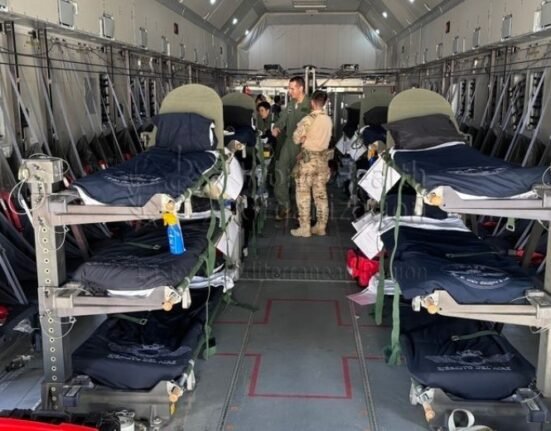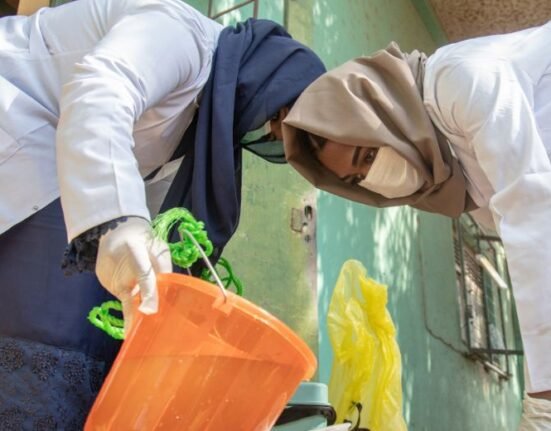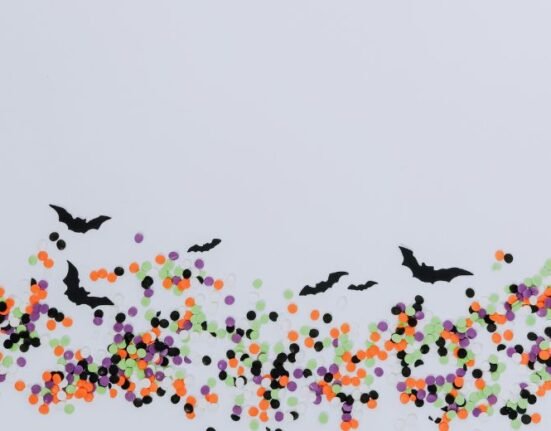HQ Team
October 27, 2022: Tuberculosis, the second deadliest infectious killer after Covid-19, claimed 1.6 million lives globally last year, including 187,000 HIV-positive patients, according to the WHO’s 2022 Global TB report.
A bacterium called mycobacterium tuberculosis causes tuberculosis. It may affect the lungs, but the bacteria can attack any body part, such as the kidney, spine, and brain.
A majority of people infected with the bacteria don’t show symptoms. When symptoms do occur, they usually include a cough (sometimes blood-tinged), weight loss, night sweats and fever.
The report stated that about 10.6 million people fell ill with tuberculosis (TB) in 2021, an increase of 4.5% from 2020.
The burden of drug-resistant TB (DR-TB) increased by three percent between 2020 and 2021, with 450 000 new cases of rifampicin-resistant TB (RR-TB) reported in 2021.
First time
Last year was the first in many years that the number of people falling ill had gone up, with TB and drug-resistant TB, according to the report.
The Covid-19 pandemic has so far claimed the lives of more than 6.5 million people and has had a “severe” impact on the TB response. Ongoing conflicts across Eastern Europe, Africa and the Middle East have further exacerbated the situation for vulnerable populations.
Challenges in providing and accessing essential TB services have meant that many people with TB were not diagnosed and treated.
There has been a fall in the reported number of people diagnosed with TB, suggesting that the number of people with undiagnosed and untreated TB has grown.
The pandemic has increased the number of TB deaths and escalated community transmission of the infection. With some lag time, it has also increased the number of people developing TB.
Global spending
The number of people provided with treatment for RR-TB and multidrug-resistant TB (MDR-TB) has also declined between 2019 and 2020. The reported number of people started on treatment for RR-TB in 2021 was 161 746, only about one in three of those in need.
Global spending on essential TB services declined from US$6 billion in 2019 to US$5.4 billion in 2021, which is less than half the global target of US$13 billion annually by 2022.
As in the previous ten years, most of the funding used in 2021 (79%) was from domestic sources. In other low-and middle-income countries, international donor funding remains crucial.
The primary source is the Global Fund to Fight AIDS, Tuberculosis and Malaria (the Global Fund). The United States Government is the most significant contributor of funding to the Global Fund and is also the largest bilateral donor; overall, it contributes close to 50% of international donor funding for TB.
Still, among all the hurdles, 26.3 million people were treated for TB between 2018 and 2021, far short of the 40 million targets set for 2018–2022 at the UN High-Level Meeting on TB.
Bangladesh, Brazil
The 30 high TB-burden countries with the highest treatment coverage levels in 2021 included Bangladesh, Brazil, China, Uganda and Zambia.
The number of people provided with TB preventive treatment rebounded in 2021 to close to 2019 levels. However, the cumulative total of 12.5 million between 2018-2021 was still far from the target of 30 million by 2022 end.
More positively, TB preventive treatment for people living with HIV far surpassed the global target of 6 million in 2018-2022, reaching more than 10 million in only four years.
Seven countries – India, Nigeria, South Africa, Uganda, the United Republic of Tanzania, Zambia and Zimbabwe – collectively accounted for 82% of those started on preventive treatment in 2021.
There has been increased access to shorter (1–3 months) rifamycin-based regimens for TB preventive treatment. In 2021, 185 350 people in 52 countries were reported to have been treated with rifapentine-containing regimens, up from 25 657 in 37 countries in 2020.








